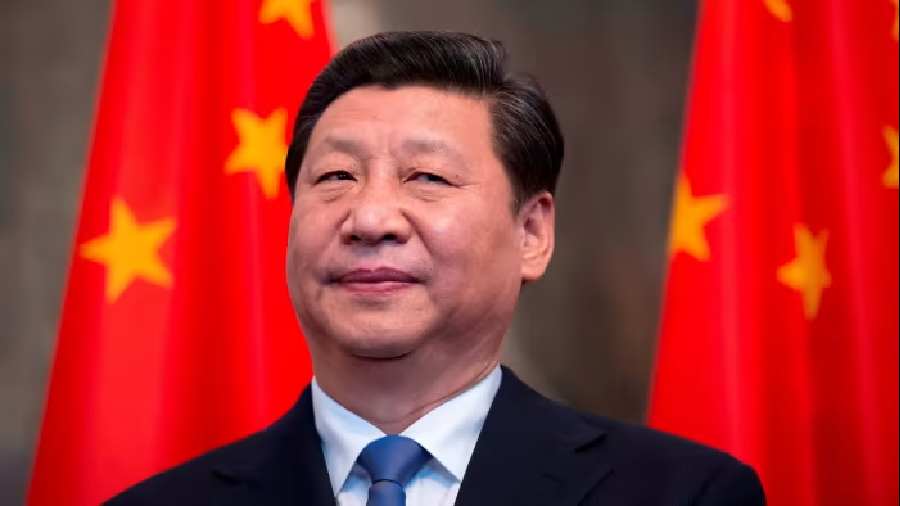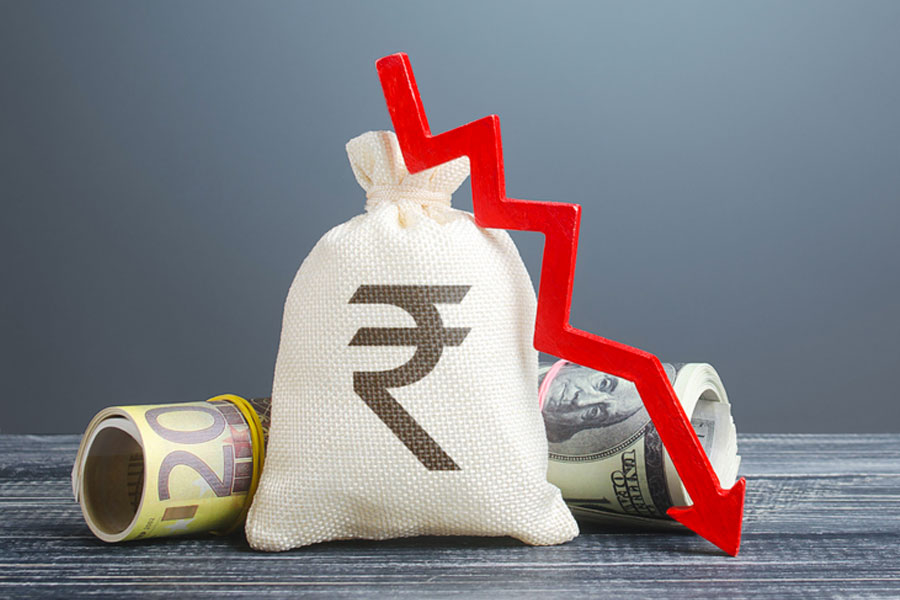China’s government said it expected the country’s economy to grow “around 5 per cent” this year, a goal that may be attainable as activity rebounds quickly but will still require considerable public borrowing and spending on roads, rail lines and other infrastructure. Li Keqiang, who will finish his decade as the country’s premier in the coming days, announced the target on Sunday at the opening of the annual session of the National People’s Congress.
“This year, it is essential to prioritise economic stability and pursue progress while ensuring stability,” Li said. The new goal represents a sharp increase from the 3 per cent growth that China officially reported for 2022, a year when the economy was smothered by the strict “zero Covid” policy. But the new target is more modest than last year’s target, which had been “around 5.5 per cent”.
“This growth target, while modest from the perspective of recent decades but moderately ambitious relative to last year, indicates the return of growth as the lodestar for economic and financial policies,” said Eswar Prasad, a Cornell University economist.
A two-month lockdown in Shanghai last spring disrupted factory production and triggered a lasting nosedive in consumer confidence and spending from which China is only now emerging. Ever since the global financial crisis in 2008, China has experienced a decline in the economic returns on its public spending.
The days of routine annual growth of 8 per cent to10 per cent are over, most economists believe. Yet the government is still investing heavily in sparsely populated areas, after having already built highly automated ports and a world-leading network of high-speed rail lines.
The new national budget, also released on Sunday, called for $550 billion of special bonds to be issued by local and provincial government agencies, much of it for infrastructure. That is a smaller increase in special bond issuance from last year than most economists expected. Weak revenues from the sale of long-term leases on state land could also prevent local governments from continuing to splurge on infrastructure.
New York Times News Service











